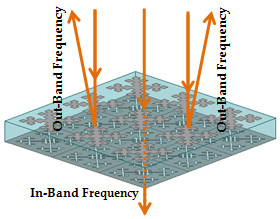Frequency Selective Surface (FSS) Materials: An Essential Guide to Understanding their Principles and Applications

About Course
Step into the fascinating world of Frequency Selective Surface (FSS) materials—a critical yet often overlooked cornerstone of modern electromagnetic technology. Whether embedded in stealth aircraft or improving the clarity of your wireless connection, FSS materials are shaping the way we communicate, detect, and defend. This course takes you on an insightful journey through the fundamental principles, material types, and cutting-edge applications of FSS in a variety of fields, from military stealth to satellite communications.
Designed for engineers, researchers, and tech enthusiasts, this course explains how FSS materials interact with electromagnetic waves, how they are engineered and manufactured, and how they are transforming technologies like radar systems, wireless networks, and next-gen antennas. With real-world examples, case studies, and hands-on simulation insights, you’ll not only learn how these materials work—but how to apply them to design intelligent surfaces for futuristic technologies. Whether you’re looking to build smarter antennas or reduce radar cross-sections, this course equips you with both the theoretical grounding and the practical skills needed in today’s innovation-driven world.
Course Content
Introduction
Definition and basic concept of Frequency Selective Surface (FSS) materials
00:00Importance of FSS materials in modern technology
00:00Overview of the ebook’s content
00:00